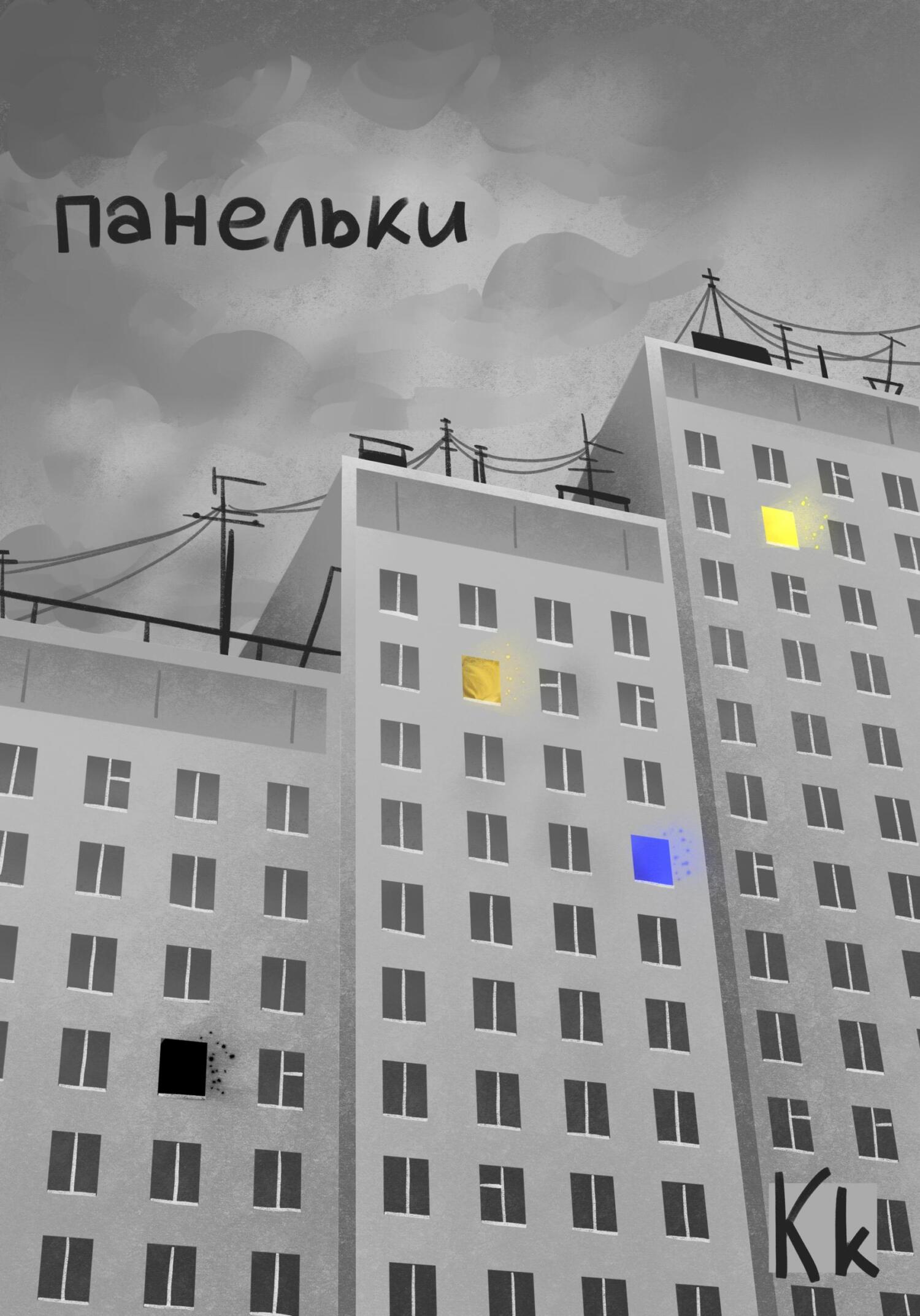120
Arterberry and Kellman, Development of Perception in Infancy.
121
Gibson, The Ecological Approach to Visual Perception; R. Arnheim, Visual Thinking (Berkeley: University of California Press, 1969); H. Wallach and D. N. O’Connell, “The Kinetic Depth Effect,” Journal of Experimental Psychology 45 (1953): 205–217; E. J. Ward, L. Isik, and M. M. Chun, “General Transformations of Object Representations in Human Visual Cortex,” Journal of Neuroscience 38 (2018): 8526–8537. Философ Альва Ноэ утверждает, что наше восприятие, наше понимание того, что мы видим, не дается нам целиком, но приходит через движение и активное исследование мира, и даже через такие малозаметные действия, как движения наших глаз. A. Noë, Action in Perception (Cambridge, MA: MIT Press, 2004).
122
Kurson, Crashing Through; I. Fine et al., “Long-Term Deprivation Affects Visual Perception and Cortex,” Nature Neuroscience 6 (2003): 915–916; Y. Ostrovsky et al., “Visual Parsing After Recovery from Blindness,” Psychological Science 20 (2009): 1484–1491.
123
P. J. Kellman, “Perception of Three-Dimensional Form by Human Infants,” Perception & Psychophysics 36 (1985): 353–358.
124
S. Grossberg, “The Resonant Brain: How Attentive Conscious Seeing Regulates Action Sequences That Interact with Attentive Cognitive Learning, Recognition, and Prediction,” Attention, Perception & Psychophysics 81 (2019): 2237–2264.
125
C. Von Hofsten, “Predictive Reaching for Moving Objects by Human Infants,” Journal of Experimental Child Psychology 30 (1980): 369–382.
126
M. Dadarlat and M. P. Stryker, “Locomotion Enhances Neural Encoding of Visual Stimuli in Mouse V1,” Journal of Neuroscience 37 (2017): 3764–3775.
127
T. Bullock et al., “Acute Exercise Modulates Feature-Selective Responses in Human Cortex,” Journal of Cognitive Neuroscience 29 (2017): 605–618.
128
M. Kaneko, Y. Fu, and M. P. Stryker, “Locomotion Induces Stimulus-Specific Response Enhancement in Adult Visual Cortex,” Journal of Neuroscience 37 (2017): 3532–3543; M. Kaneko and M. P. Stryker, “Sensory Experience During Locomotion Promotes Recovery of Function in Adult Visual Cortex,” eLife (2014): 3e02798; C. Lunghi and A. Sale, “A Cycling Lane for Brain Rewiring,” Current Biology 25 (2015): R1122–R1123.
129
Ostrovsky et al., “Visual Parsing After Recovery from Blindness”; P. Sinha, “Once Blind and Now They See: Surgery in Blind Children from India Allows Them to See for the First Time and Reveals How Vision Works in the Brain,” Scientific American 309 (2013): 48–55.
130
E. Nawrot, S. I. Mayo, and M. Nawrot, “The Development of Depth Perception from Motion Parallax in Infancy,” Attention, Perception & Psychophysics 71 (2009): 194–199; E. Nawrot and M. Nawrot, “The Role of Eye Movements in Depth from Motion Parallax During Infancy,” Journal of Vision 13 (2013): 1–13.
131
J. J. Gibson, The Ecological Approach to Visual Perception (Hillsdale, NJ: Lawrence Erlbaum Associates, Publishers, 1986).
132
S. L. Strong et al., “Differential Processing of the Direction and Focus of Expansion of Optic Flow Stimuli in Areas MST and V3A of the Human Visual Cortex,” Journal of Neurophysiology 117 (2017): 2209–2217; R. H. Wurtz and C. J. Duffy, “Neural Correlates of Optic Flow Stimulation,” Annals of the New York Academy of Sciences 656 (1992): 205–219.
133
F. A. Miles, “The Neural Processing of 3-D Visual Information: Evidence from Eye Movements,” European Journal of Neuroscience 10 (1998): 811–822.
134
S. Hocken, Emma and I: The Beautiful Labrador Who Saved My Life (London: Ebury Press, 2011).
135
S. Holcomb and S. Eubanks, But Now I See: My Journey from Blindness to Olympic Gold (Dallas, TX: Benbella Books, Inc., 2013).
136
S. Hocken, Emma and I: The Beautiful Labrador Who Saved My Life (London: Ebury Press, 2011), 149.
137
J. McPhee, A Sense of Where You Are: A Profile of William Warren Bradley (New York: Farrar, Straus and Giroux, 1978), 22.
138
E. C. Tolman, “Cognitive Maps in Rats and Men,” Psychological Review 55 (1948): 180–208.
139
K. Lorenz, Here Am I – Where Are You?: The Behavior of the Greylag Goose (New York: Harcourt Brace Jovanovich, 1988), 18–20.
140
О том, что навыки ориентирования в пространстве не зависят от зрения см. R. L. Klatsky et al., “Performance of Blind and Sighted Persons on Spatial Tasks,” Journal of Visual Impairment & Blindness 89 (1995): 70–82.
141
R. M. Grieve and K. J. Jeffery, “The Representation of Space in the Brain,” Behavioural Processes 135 (2017): 113–131; C. G. Kentros et al., “Increased Attention to Spatial Context Increases Both Place Field Stability and Spatial Memory,” Neuron 42 (2004): 283–295; J. O’Keefe, and L. Nadel, The Hippocampus as a Cognitive Map (Oxford: Oxford University Press, 1978).
142
M. E. Arteberry and P. J. Kellman, Development of Perception in Infancy: The Cradle of Knowledge Revisited (New York: Oxford University Press, 2016); M. Arterberry, A. Yonas, and A. S. Bensen, “Self-Produced Locomotion and the Development of Responsiveness to Linear Perspective and Texture Gradients,” Developmental Psychology 25 (1989): 976–982; M. Kavsek, A. Yonas, and C. E. Granrud, “Infants’ Sensitivity to Pictorial Depth Cues: A Review and Meta-analysis of Looking Studies,” Infant Behavior and Development 35 (2012): 109–128; A. Tsuruhara et al., “The Development of the Ability of Infants to Utilize Static Cues to Create and Access Representations of Object Shape,” Journal of Vision 10 (2010), doi:10.1167/10.12.2; A. Yonas and C. E. Granrud, “Infants’ Perception of Depth from Cast Shadows,” Perception & Psychophysics 68 (2006): 154–160.
143
J. J. Gibson, The Ecological Approach to Visual Perception (Hillsdale, NJ: Lawrence Erlbaum Associates Publishers, 1986).
144
Gibson, The Ecological Approach to Visual Perception.
145
Любопытно, что иллюзия Понцо обманула и пациентов проекта Пракаш всего через 48 часов после операции на удаление катаракты, которая подарила им зрение. Для них серые линии выглядели одинаковыми: as different sizes: T. Gandhi et al., “Immediate Susceptibility to Visual Illusions After Sight Onset,” Current Biology 25 (2015): R345–R361.
146
O. Sacks, “To See and Not See,” in An Anthropologist on Mars: Seven Paradoxical Tales (New York: Alfred A. Knopf, 1995), 120–121.





